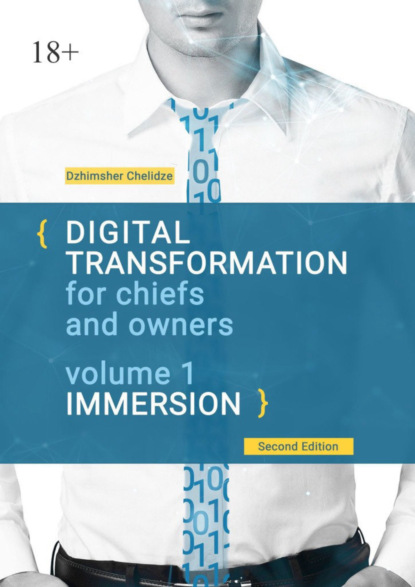IoT, for example, will allow:
– to develop predictive analysis and prevent accidents or catastrophes at industrial facilities;
– adjust road traffic according to traffic density;
– make recommendations for improving efficiency.
Application scenarios here are limited only to imagination.
The main advantages are mobility and generation of «pure» data, that is, the exclusion of errors that occur when you enter data.
I believe that the Internet of things, including the Internet of Industrial Things, is one of those technologies that will fundamentally affect all aspects of our lives. Only in 5—10 years.
Now it is necessary to discuss how the Internet of things works. Do you have to pull cables everywhere or put routers?
Nay.
Different wireless communication systems can be used to organize data exchange, not necessarily mobile networks, but depending on goals and objectives.
First, consider LPWAN – long-range networks.
LPWAN
LPWAN (Low-power Wide-area Network, long-range energy efficient network) is a technology for the wireless transmission of small volumes of data over long distances. Since the volumes are small, the low data transmission rate is enough to achieve a longer range of reception.
This technology is designed to collect telemetry and interaction between machines (M2M). In fact, it is one of the key wireless technologies for IoT systems.
The LPWAN network approach is similar to that of mobile networks. A device or modem with an LPWAN module sends data via a radio channel to the base station. The station receives signals from all devices within its range, digitizes and transmits to a remote server using an accessible communication channel: wired Internet or cellular.
LPWAN data collection and processing scheme LPWAN data collection and processing scheme
Comparison of different communication standards
Benefits of LPWAN
– Long range – from 10 to 15 km
– Low power consumption in sensors
– Relatively high range even in the city
– It’s easy to build networks and add new objects
– Easy to use – can be done without permits and pay for radio frequency spectrum
Drawbacks of LPWAN
– Low speed – only necessary data can be transferred
– High delay between data transfer sessions
– There is no single standard for creating compatible solutions from different manufacturers
There are two main options for implementing the LPWAN network:
• licensed frequency range (increased power, relatively high speed, no interference);
• unlicensed frequency range (low power, low speed, limited transmission cycle, possible interference from other participants).
3 main technologies of construction of LPWAN-networks:
• NB-IoT – evolution of cellular communication;
• UNB (unlicensed LPWAN) – SigFox in the world;
• LoRa is a broadband unlicensed LPWAN.
NB-IoT
NB-IoT (Narrow Band Internet of Things) is a cellular communication standard for low-volume telemetry devices: medical sensors, resource meters, smart home devices, etc.
NB-IoT is one of three IoT standards developed for cellular networks:
– eMTC (improved machine-type communication) – has the highest capacity and is deployed on LTE (4G) hardware;
– NB-IoT – can be deployed both on LTE cellular network hardware and separately, including on top of GSM;
– EC-GSM-IoT – provides the least bandwidth and deploys over GSM networks.
– Advantages of NB-IoT
– Flexible power management of devices (up to 10 years in a network with a capacity of 5 W*h)
– High network bandwidth (hundreds of thousands of connections to the base station)
– Low cost of devices
LoRaWAN
LoRaWAN is an open communication protocol that defines the system architecture. It was designed to link low-cost devices that can run on batteries (batteries).
According to IoT Analytics, it was the most widely used low-power global network (LPWAN) technology in the second half of 2020.
The LoRa technology is primarily required for machine-to-machine interaction, and can service up to 1 million devices in a single network, giving them a 10-year autonomy from a single AA battery (a regular palm battery).
For the review to be objective, disadvantages and limitations must be addressed.
The most important limitation for organizations wishing to implement IoT is the cost and time of project implementation. Another factor was the limited expertise of the staff.








 Рейтинг:
0
Рейтинг:
0